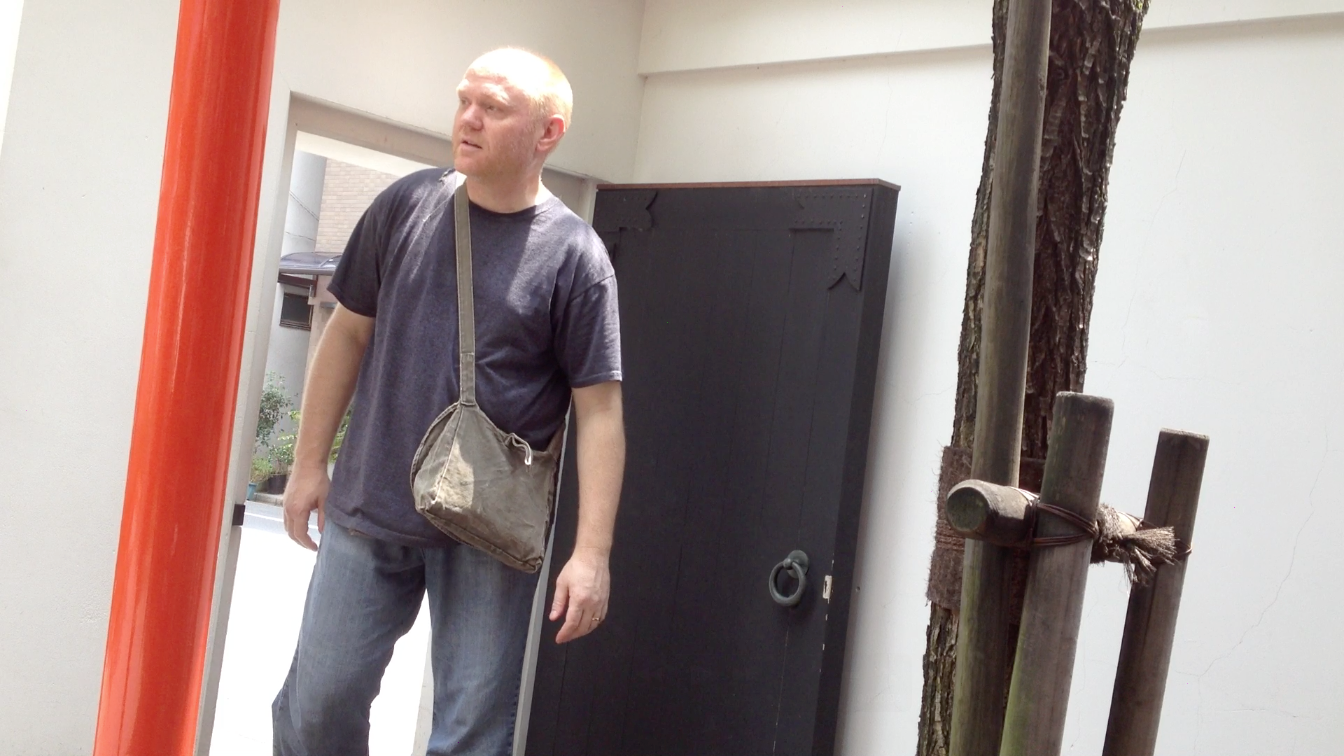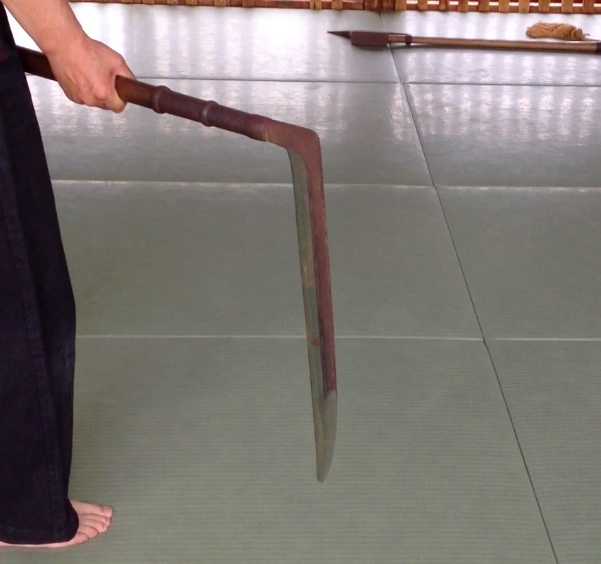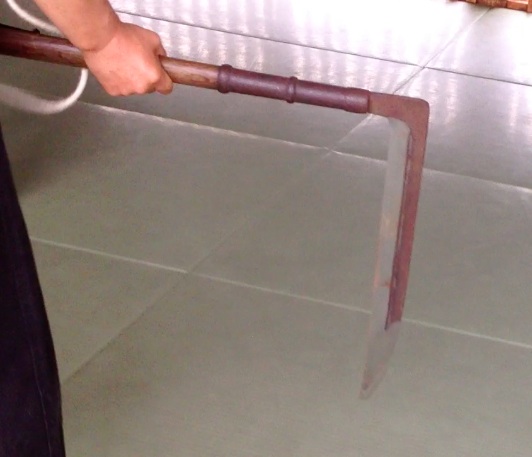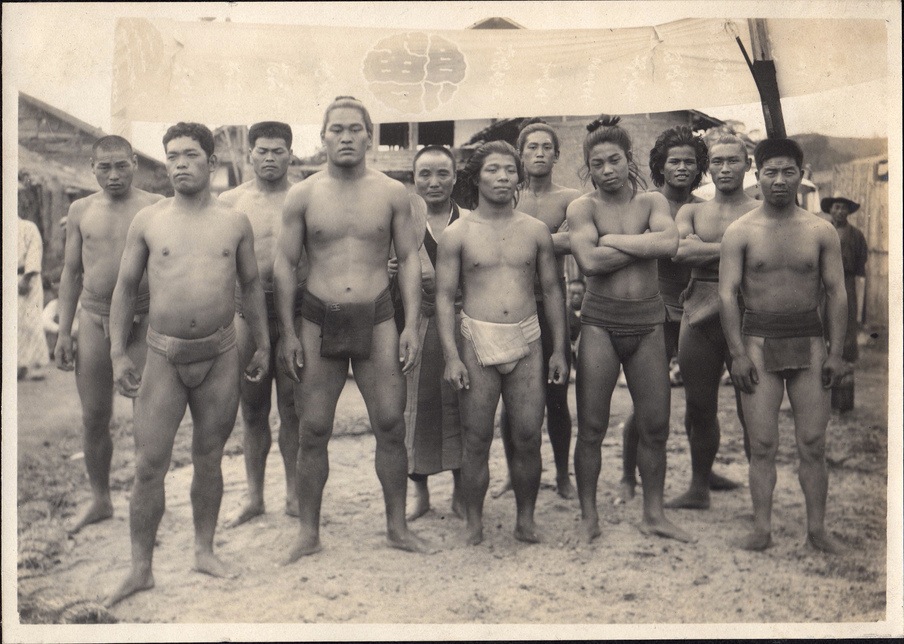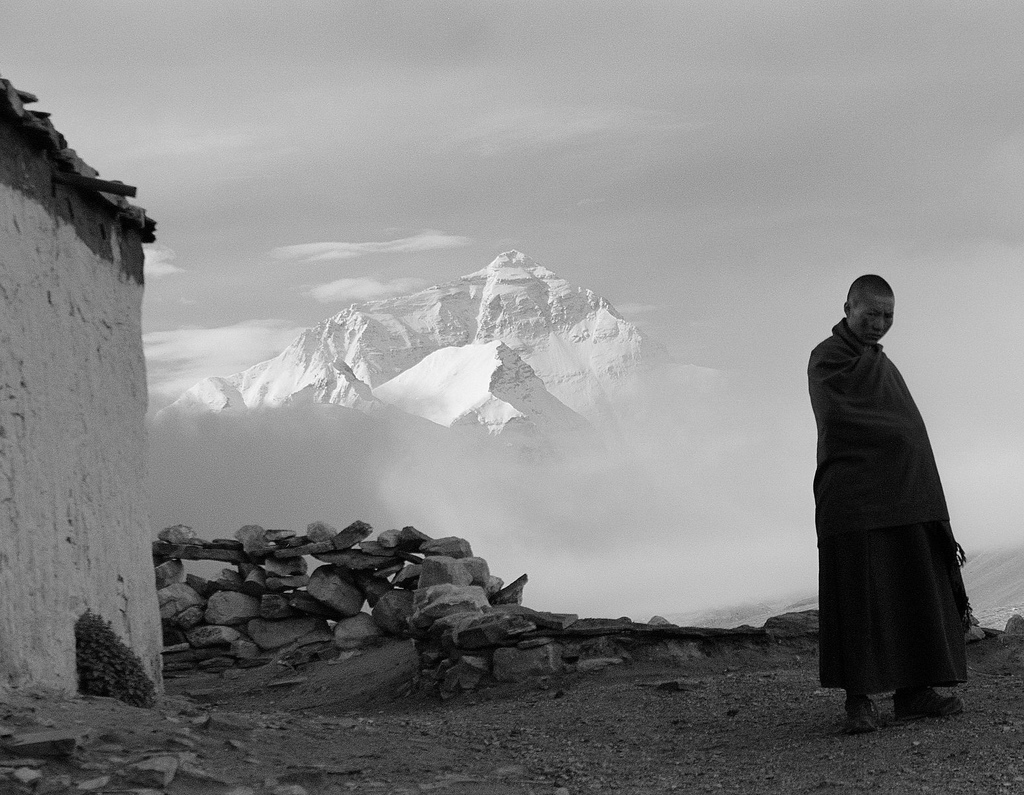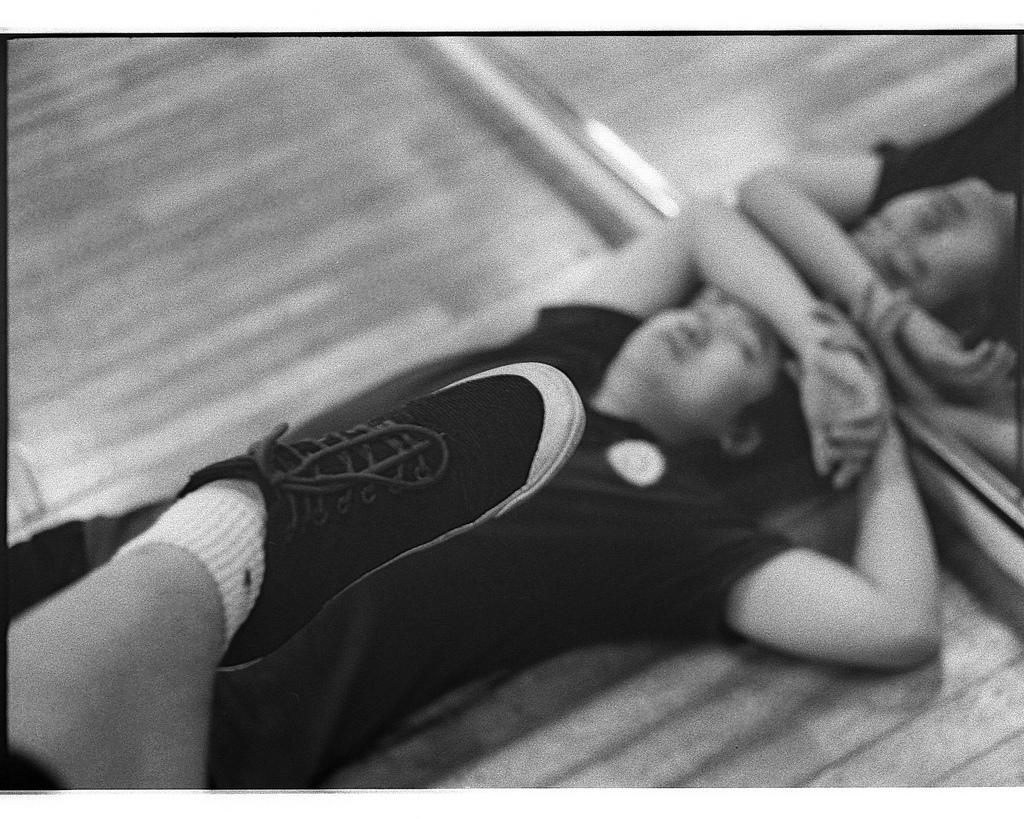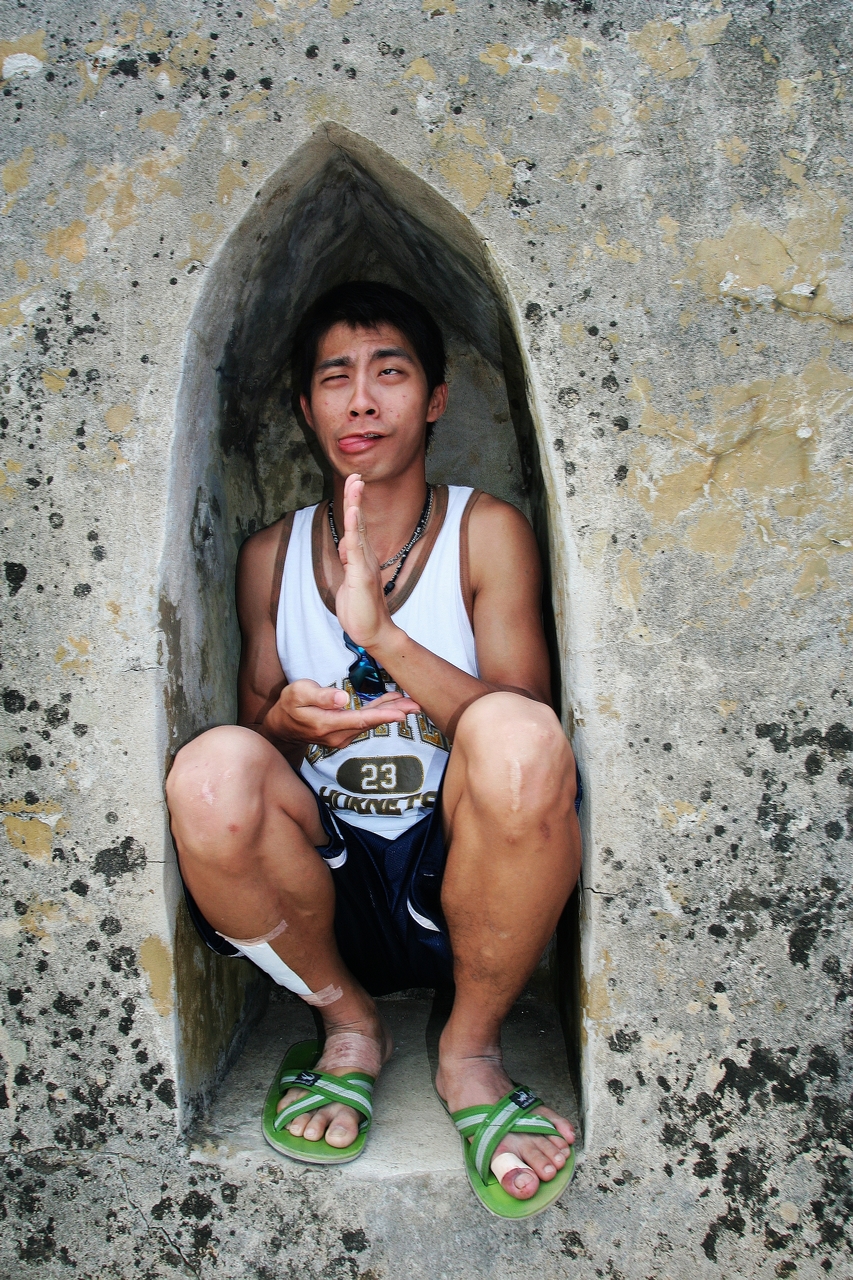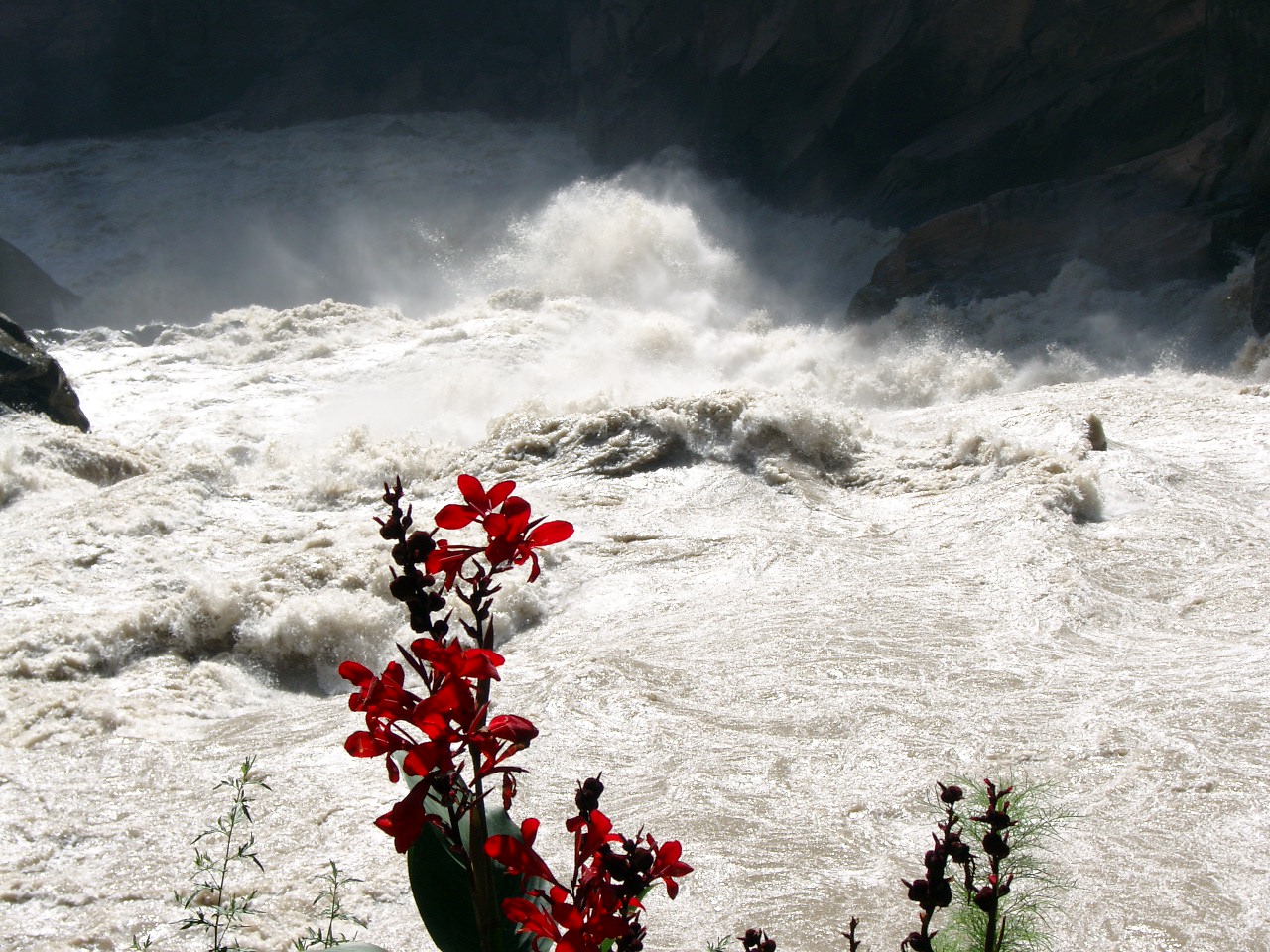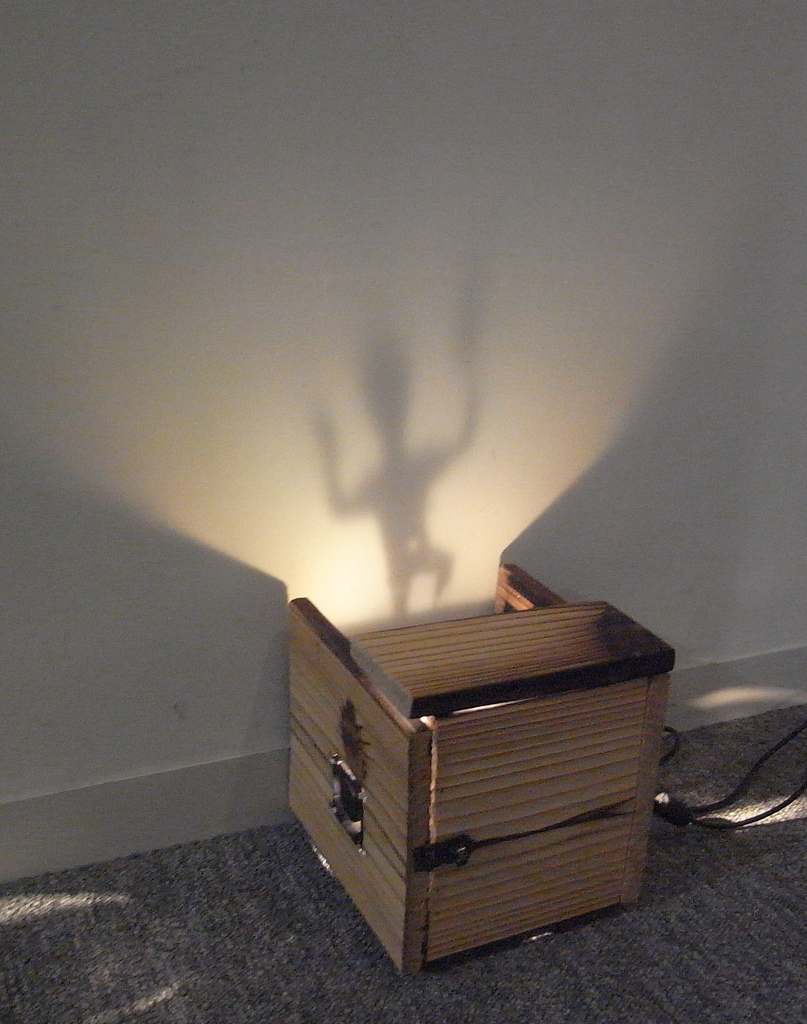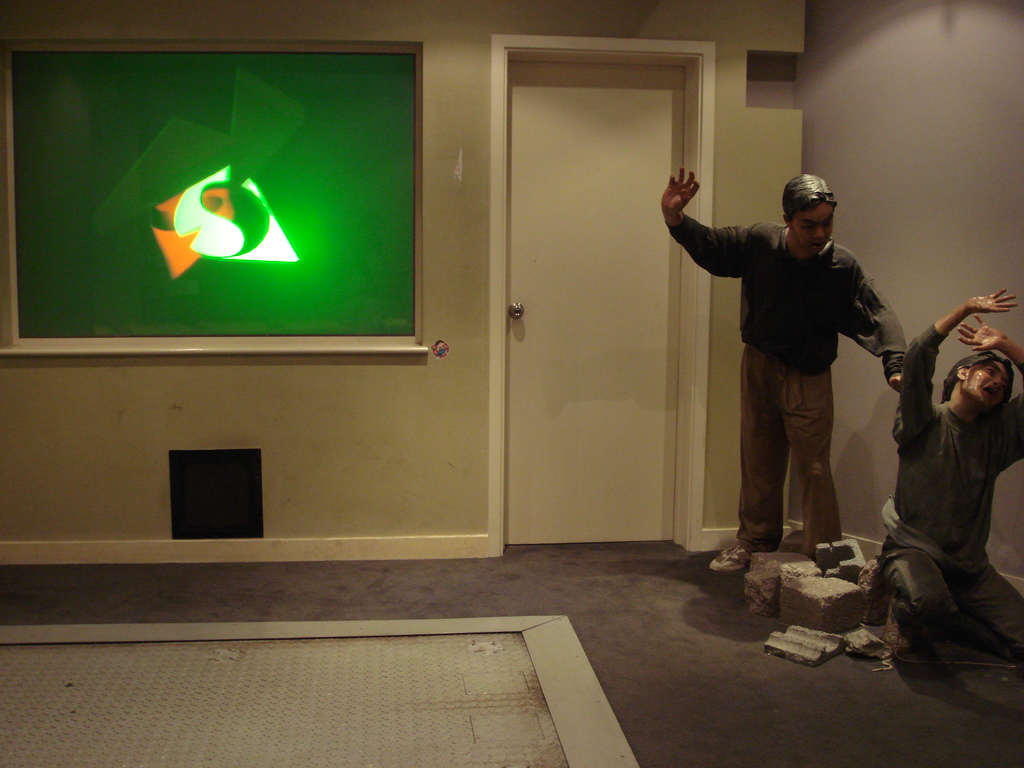From Bujinkan Santa Monica by Michael
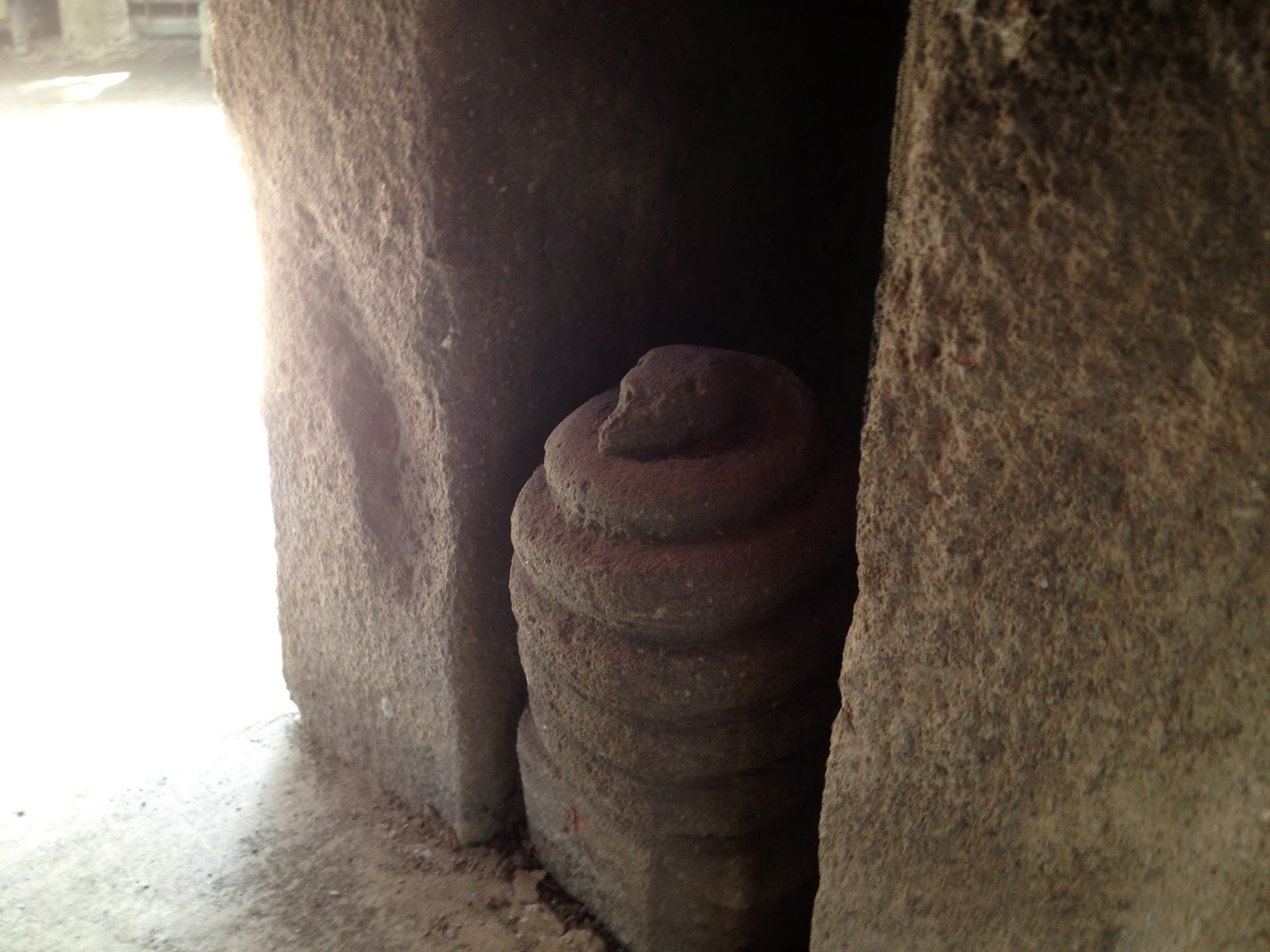 |
| Hidden Underground Snake, 池田弁財天 Ikeda Benzaiten |
Today I went on a search for the underworld that is (not so) hidden in Japan. This search involves prostitutes and their secret shrines. And the furtive 遊女の祈願 prayers harlots say on the day of the snake to stay free of disease and wash their money.
All I had were some clues from a mysterious local who we can call deepthroat. My man on the inside said that there was a place hidden nearby where two snakes would turn piles of shit into gold. What sort of miracle is this, I wondered. Then he went on to explain the miracle of the Hindu deity Saraswati and her Japanese Shinto/Buddhist mutant cousin known as Benzaiten.
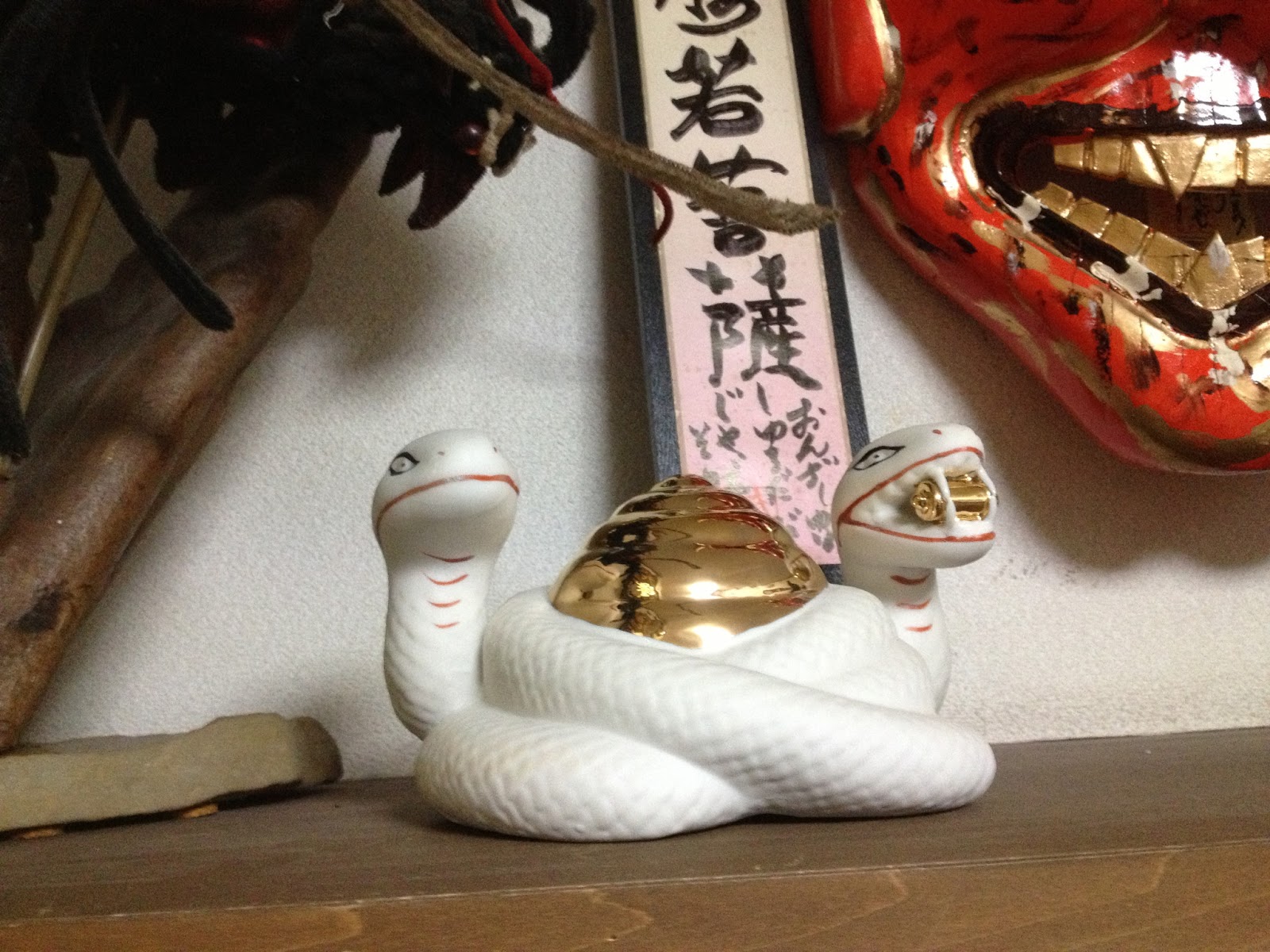 |
| Benzaiten symbol in Bujinkan Hombu Dojo |
I didn't know it when i started my search, but Hatsumi Sensei had just added the same symbol to the Hombu dojo a few days ago. And I couldn't turn down a search for evidence of the 平潟 遊郭 Hiragata red light district. Even if people say it no longer existed. Something was leading me to explore.
The train ride was easy, one stop on the 常磐 Jōban rapid. Then I exited the station into the neighborhood. The heat and humidity have been overwhelming. So i wanted to orient myself quickly so as not to add to my trek. Of course I couldn't go around shouting, "Hey, does anyone know where the prostitutes hang out?"
I found the closest landmark on the map my source had given me. The Keiyo gas building. A nice woman told me I was on the wrong side of the tracks. On the other side, a friendly policeman looked at a map with me, but he couldn't help me. I knew I was in trouble when he tried to stop random people walking by to ask them for directions. Doesn't anybody know where the whores are?
You see, the feminine creative energy represented by Saraswati, 弁財天 Benzaiten or her Shinto sister Ichikishimahime, is often an undercurrent in people's lives. And even though this energizes our training, Japanese culture and humanity, it is dangerous to those in power. So it remains in dark, quiet places. Or sometimes in hidden plain sight.
The heat was getting to me. I became distracted with other sightseeing. I let go of trying to find any working girl holy sites today. Then, like a mirage seen through the hot and steamy city, I found myself passing through a crack in the city. Through a love tunnel of 鳥居 torii. To be reborn.
Here I was at 池田弁財天 Ikeda Benzaiten. Surrounded by snakes.
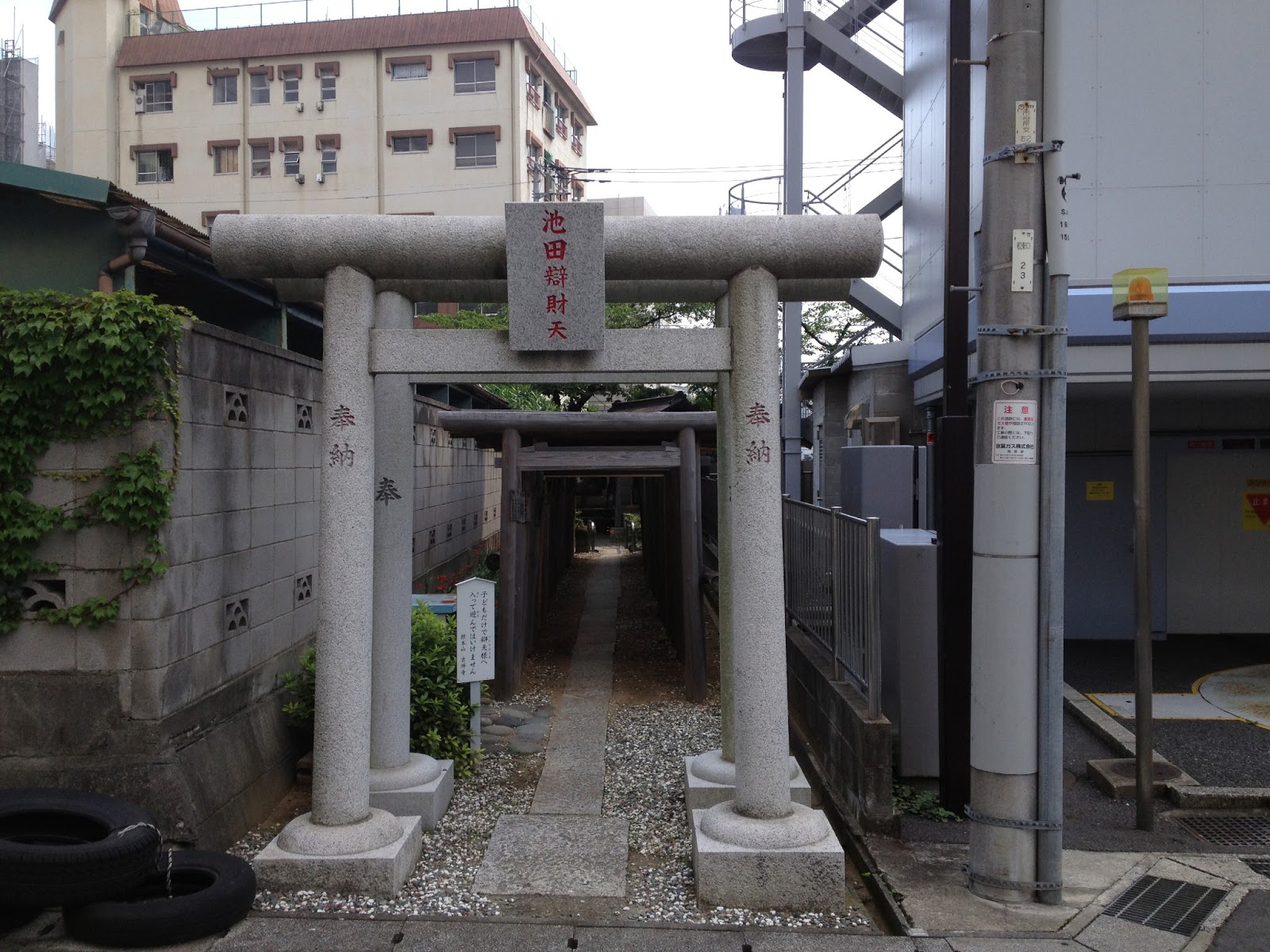 |
| 池田弁財天 Ikeda Benzaiten |
The tunnel passes tightly between two buildings. The torii are very short so that you must bow as you shuffle along in their shadows. On the other side I could hear flowing water.
 |
| Torii tunnel of love |
When I could finally stand upright, I found myself in a sacred space hidden in the city. This hidden garden was surrounded by flowing water and a koi pond. Benzaiten is the only female of the 7 lucky gods of Japan, and she is associated with flowing qualities in water, the flow of music, wealth, or flowing and eloquent speech. Anything nagare.
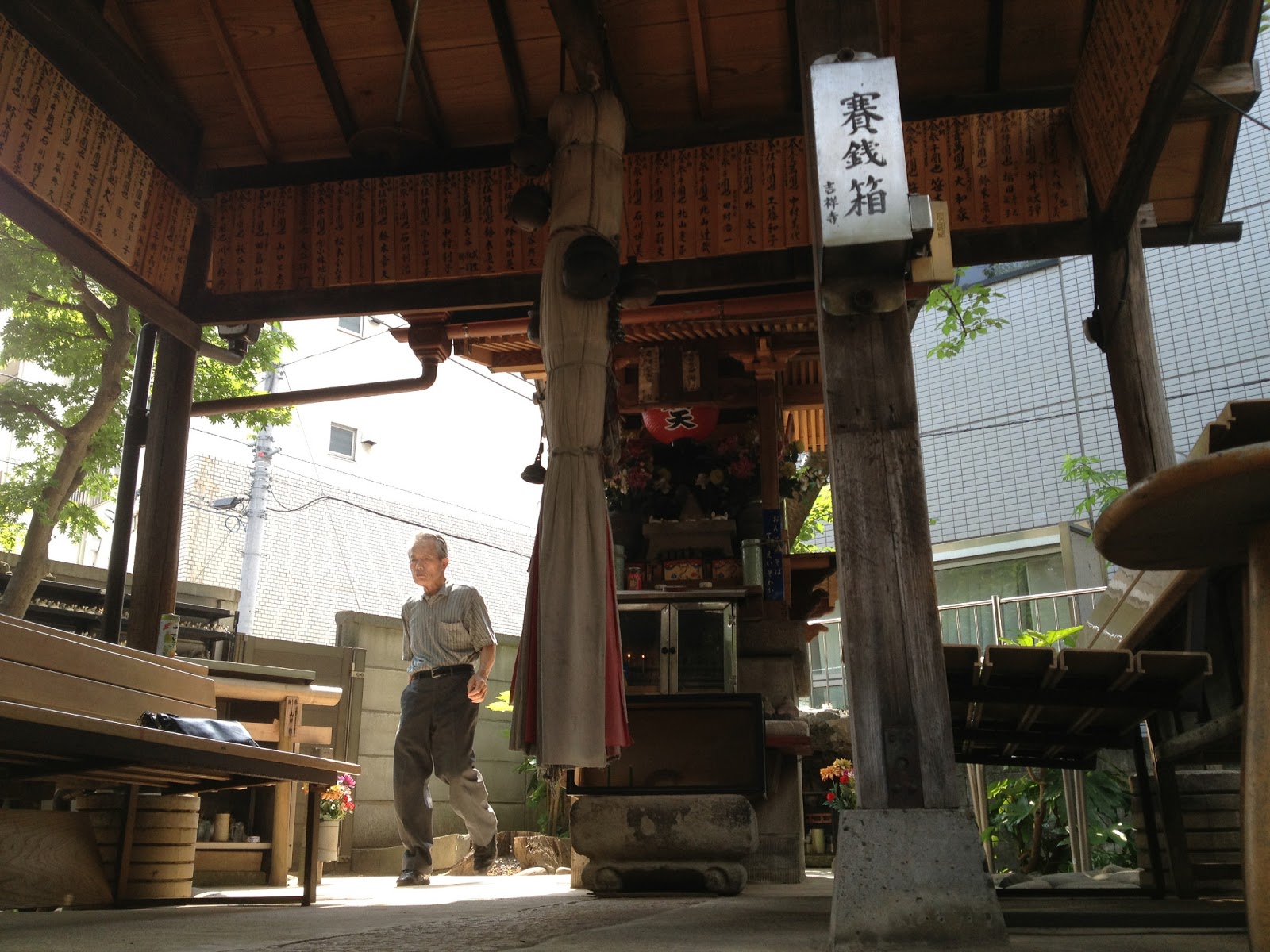 |
| Inner Shrine and Garden |
I found an old man named Enemoto tending the fish. He took little notice of me at first. But this place felt like some body's private garden so I asked him if it was OK to enter. He nodded with a smile.
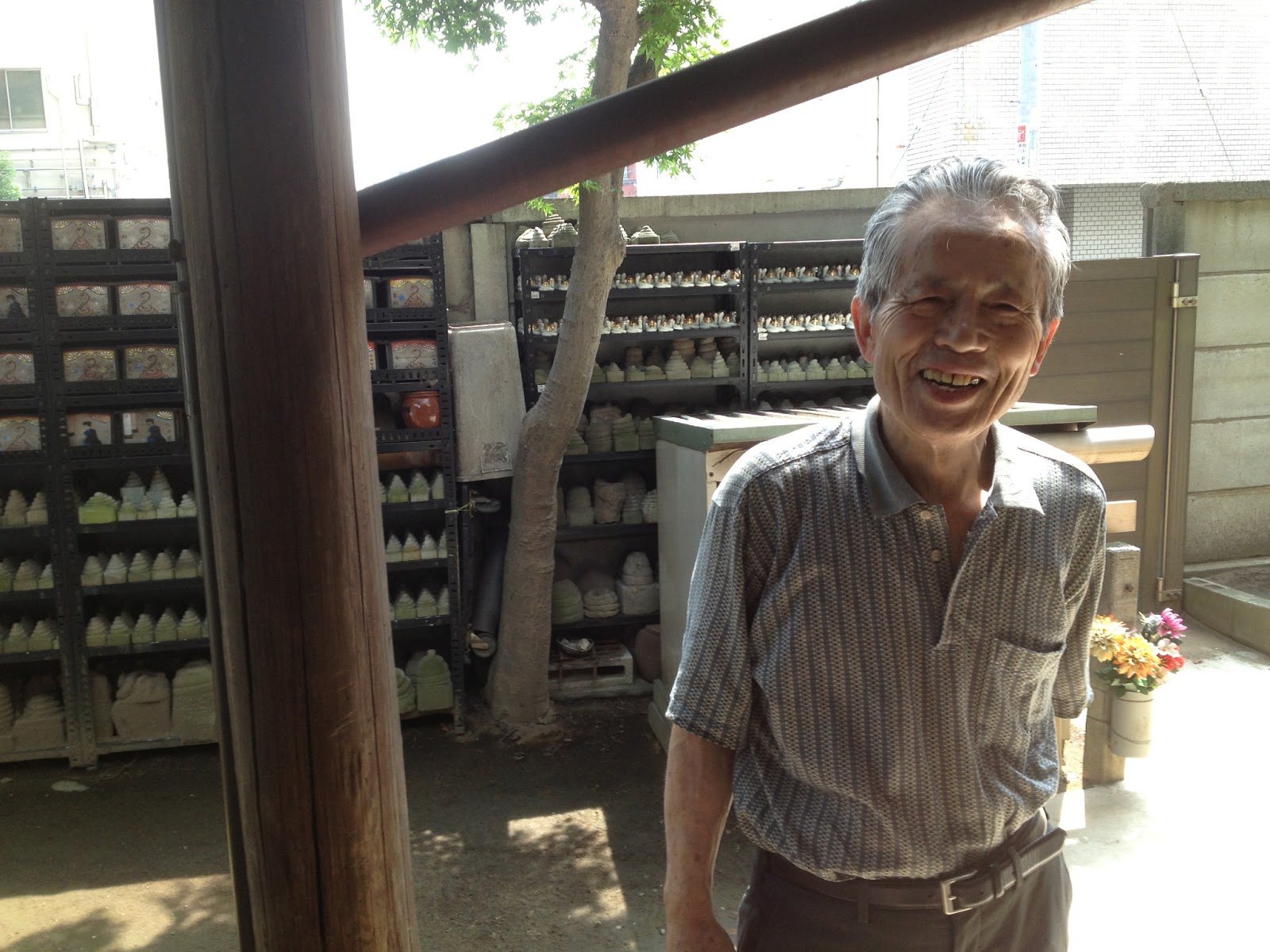 |
| Enemoto san |
There isn't much obvious evidence of the red light district remaining. Even though this space could still be in action to help bless prostitutes, keep them safe and free of disease, today it was quiet. I felt at home and I sat on one of the benches.
 |
| Another Past Hidden Underneath? |
Saraswati symbolizes the essential feminine creative act of giving birth to new life and knowledge. She, or the snake symbol associated with her consort are shown with a white color to evoke a pure heart, mind, and character.
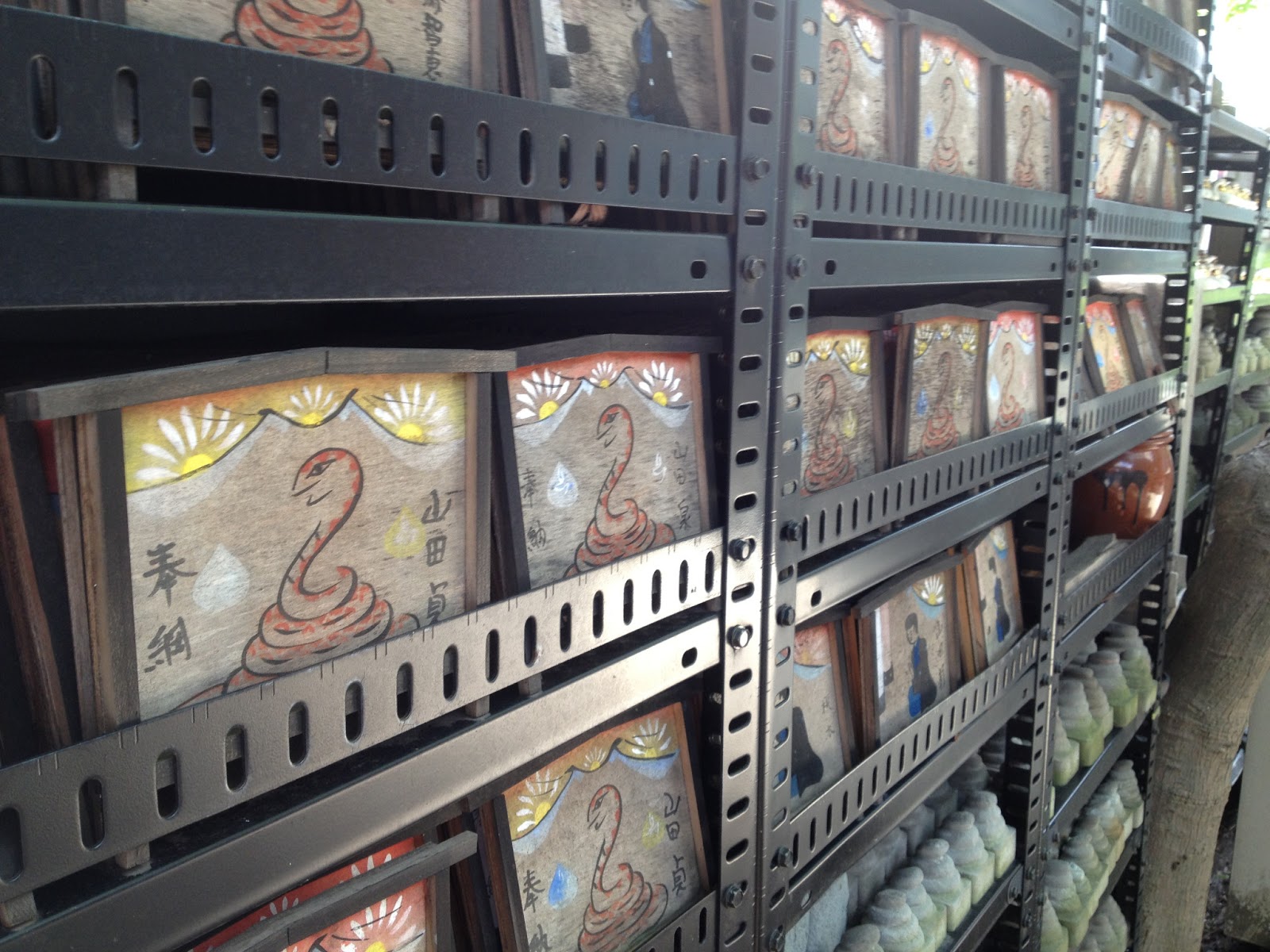 |
| Snakes! |
Enemoto san finished his prayers and left me alone. I felt very relaxed like I could sit here all day in this garden of feminine energy and burning incense. The koi splashed in the pond.
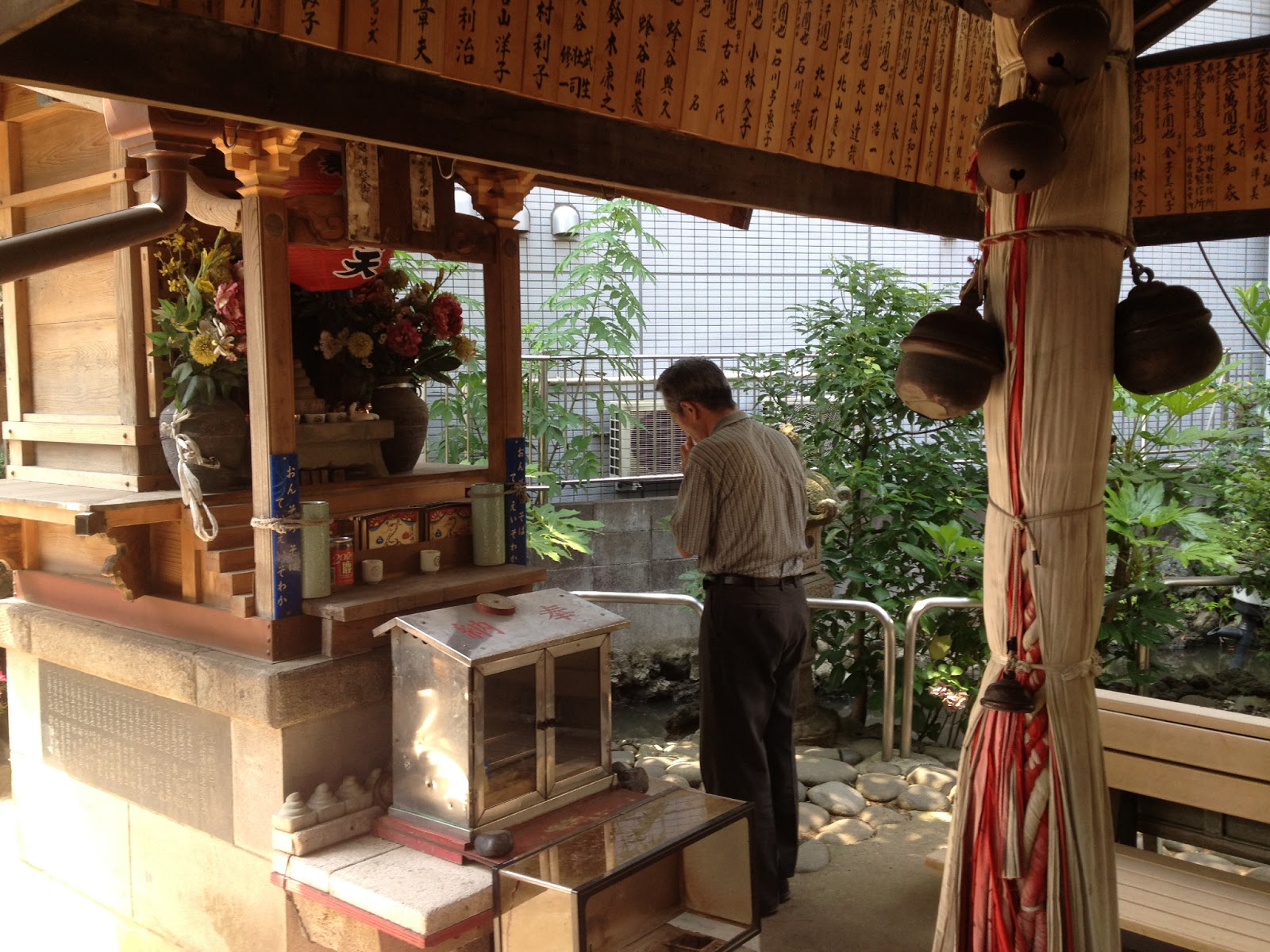 |
| Saying Prayers |
A very old woman arrived. She sat on the bench across from me with a big smile and she immediately started talking to me in Japanese. I didn't understand anything she said. I told her that I didn't, but that didn't stop her flow.
She looked hot, so I offered her my fan. She said, no, thank you. This stopped her speech.
She got up and lit prayer candles and incense. I decided to leave the private garden to her and I walked back out of the love tunnel of torii. She looked at me with sparkling eyes as I left, and I bumped my head on one of the low gates.
Benzaiten is a complex symbol in Japan. A mix of Hinduism, Buddhism, and Shintoism all in one. Benzaiten is the elder sister of Enma-ten 閻魔天 lord of the underworld. Like everything I discover here in this culture, there are many layers hidden beneath if you are prepared to look underground.

…

